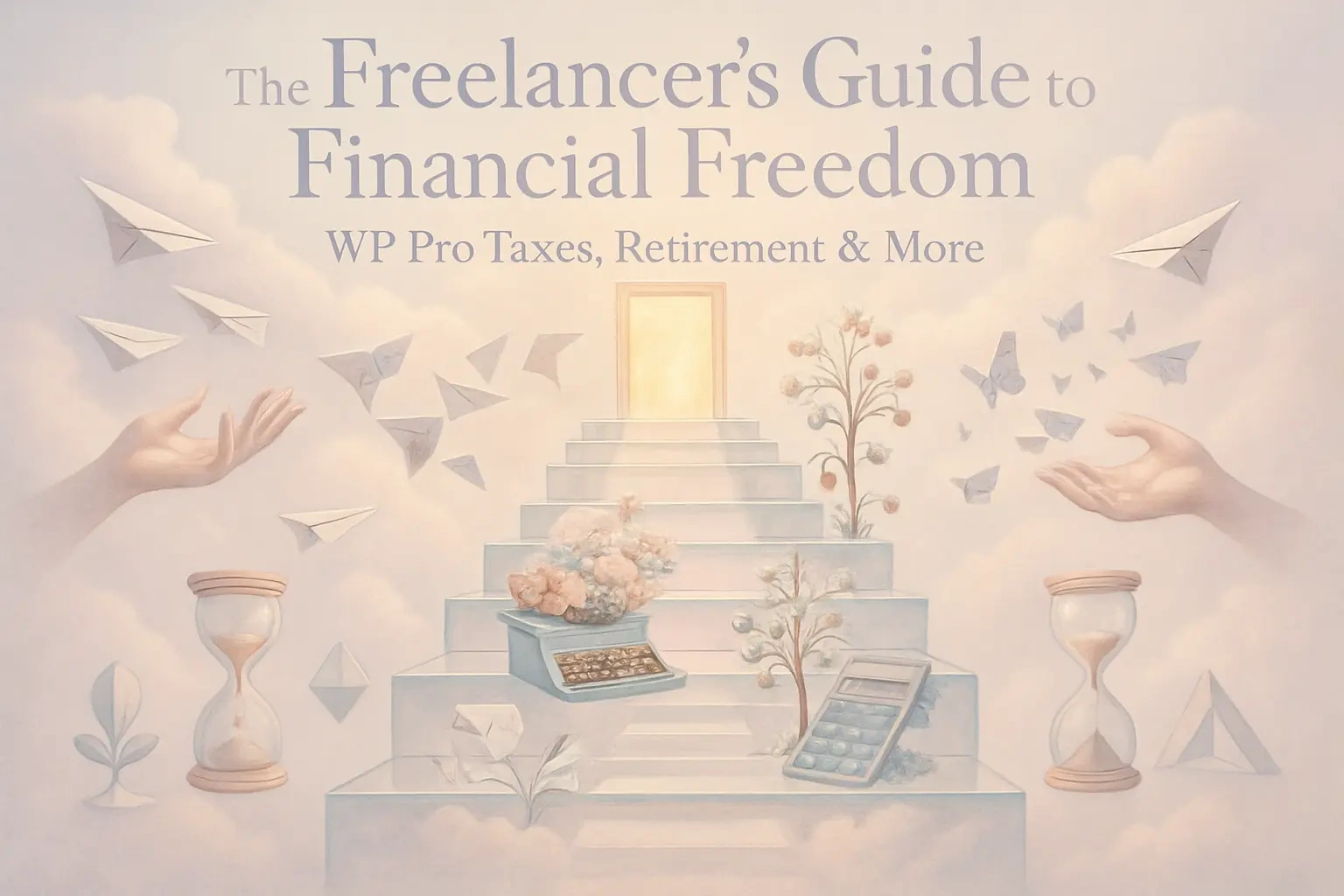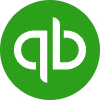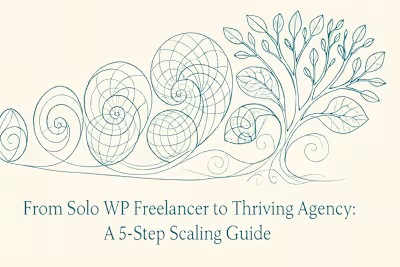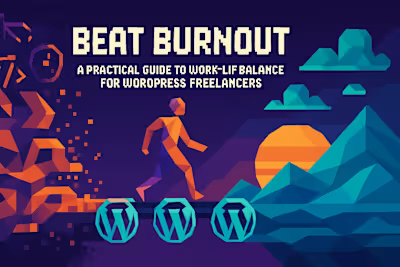The Freelancer's Guide to Financial Freedom: WP Pro Taxes, Retirement & More

The Freelancer's Guide to Financial Freedom: WP Pro Taxes, Retirement & More
Taming the Tax Beast: A Freelancer's Guide
Understanding Self-Employment Tax
Making Quarterly Estimated Tax Payments
Maximizing Your Business Deductions
Planning for the Future: Retirement for the Self-Employed
Why You Can't Afford to Skip Retirement Savings
Comparing Retirement Plans: SEP IRA vs. Solo 401(k)
Getting Started with a Retirement Account
Building Your Financial Safety Net
The Importance of an Emergency Fund
Health Insurance for Freelancers
Business Insurance: Protecting Your Livelihood
Smart Money Management: Tools and Habits
Separating Business and Personal Finances
Using Budgeting and Accounting Software
Creating a Budget for Irregular Income
To Incorporate or Not? Understanding Business Structures
Sole Proprietorship vs. LLC
When to Consider an S-Corp
Wrapping Up Your Financial Journey
References
The Freelancer's Guide to Financial Freedom: WP Pro Taxes, Retirement & More
Taming the Tax Beast: A Freelancer's Guide
Understanding Self-Employment Tax
Making Quarterly Estimated Tax Payments
Maximizing Your Business Deductions
Planning for the Future: Retirement for the Self-Employed
Why You Can't Afford to Skip Retirement Savings
Comparing Retirement Plans: SEP IRA vs. Solo 401(k)
Getting Started with a Retirement Account
Building Your Financial Safety Net
The Importance of an Emergency Fund
Health Insurance for Freelancers
Business Insurance: Protecting Your Livelihood
Smart Money Management: Tools and Habits
Separating Business and Personal Finances
Using Budgeting and Accounting Software
Creating a Budget for Irregular Income
To Incorporate or Not? Understanding Business Structures
Sole Proprietorship vs. LLC
When to Consider an S-Corp
Wrapping Up Your Financial Journey
References
Posted Jul 6, 2025
Go beyond the code and secure your financial future. This guide for WordPress freelancers covers everything from managing taxes and planning for retirement to building a crucial safety net.







